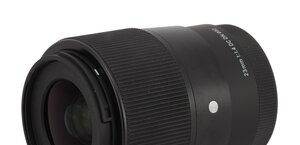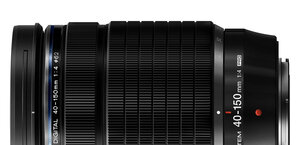Nikon Nikkor AF-S 24 mm f/1.8G ED
8. Vignetting
| Nikon D7000, f/1.8 | Nikon D7000, f/2.0 |

|

|
At the maximum relative aperture you can notice that aberration but it is not especially bothersome, reaching just 24% (−0.81 EV). By f/2.0 it decreases to 20% (−0.64 EV), and by f/2.8 it stops bothering you at all, being just 8% (−0.24 EV).
Please Support UsIf you enjoy our reviews and articles, and you want us to continue our work please, support our website by donating through PayPal. The funds are going to be used for paying our editorial team, renting servers, and equipping our testing studio; only that way we will be able to continue providing you interesting content for free. |
- - - - - - - - - - - - - - - - - - - - - - - - - - - - - - - - - - - - - - - - - - - - - - - -
Now let’s check the more demanding full frame.
| Nikon D3x, f/1.8 | Nikon D3x, f/2.0 |

|

|
| Nikon D3x, f/2.8 | Nikon D3x, f/4.0 |

|

|
Using the maximum relative aperture means brightness loss of 50% (−2.00 EV) in the frame corners. By f/2.0 the situation is hardly better as the light fall-off gets to 45% (−1.71 EV). A moderate level of that aberration you can observe near f/2.8, where the vignetting amounts to 28% (−0.94 EV). It is still noticeable by f/4.0, where we got a result of 17% (−0.53 EV). Only by f/5.6 and f/8.0 apertures you can call the vignetting level negligible as it reaches respectively 12% (−0.38 EV) and 10% (−0.32 EV).
 |






